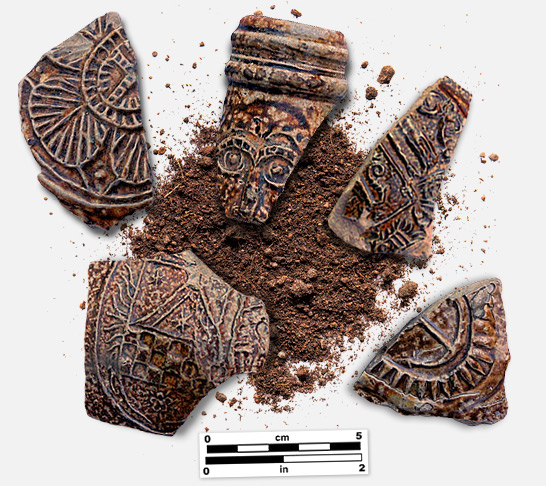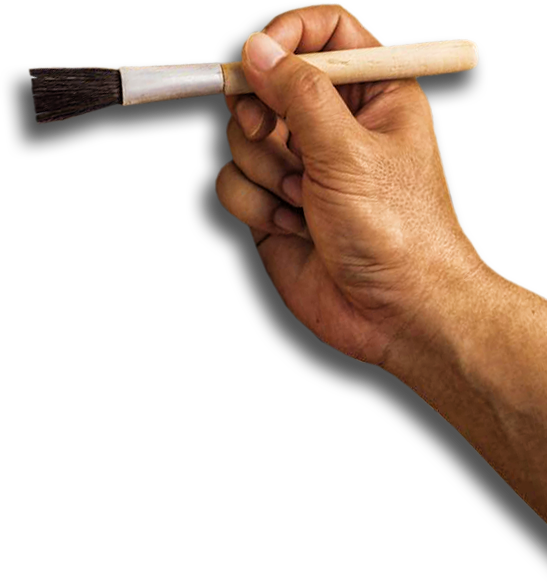Vibrational Spectroscopy
Atoms in a molecule are in periodic vibrational motion with each other. The frequency of this periodic vibrational motion is known as vibration frequency and its characteristic of each chemical compound.
Therefore, if the vibrational frequencies of a molecule can be measured, it is possible to compare those to a database of frequencies and determine the name of the molecule. This is what vibrational spectroscopies do.


Raman spectroscopy
Raman spectroscopy is non-invasive, non-destructive, and fast. Fiber optics can even be used for remote investigation. Raman spectroscopists use the Raman spectra database of art and archaeological materials to determine the chemical composition of a sample.
Raman spectrometers are typically coupled with a microscope in order to observe the sample and can take a Raman spectrum from a small area down to 1 micron, which is the usual dimension of artists’ pigments.
Raman spectroscopy is a fast-growing technique, not only because of the analytical information it provides, but also because it is non-invasive, non-destructive, and fast - and therefore very useful for art examination


Powerful & portable tools
Elemental Spectroscopy
Vibrational spectroscopy is one type of spectroscopy; elemental spectroscopy is the other major type. The key method for examining art is XRF, or x-ray fluorescence spectroscopy. XRF has become a powerful and portable analytical tool. The technology works by irradiating samples of materials without destroying the analyzed material. At the same time, it can identify a vast number of elements simultaneously, making it an excellent way to "fingerprint" all kinds of materials.
Handheld XRF Analyzer
for Archaeometry Applications
Elemental analysis of sensitive, non-homogeneous archaeological objects and works of art is a great challenge facing conservators and archaeological scientists. Often, objects are fragile and require special consideration when subjected to analysis. Another common problem is that larger objects, painting, etc. cannot fit into the sample chamber of a typical benchtop analyzer. The Handheld XRF Archaeometry Analyzer is specifically designed with these considerations in mind. Analyze pottery, painting, clothing, and much more quickly, accurately, and completely nondestructively.




